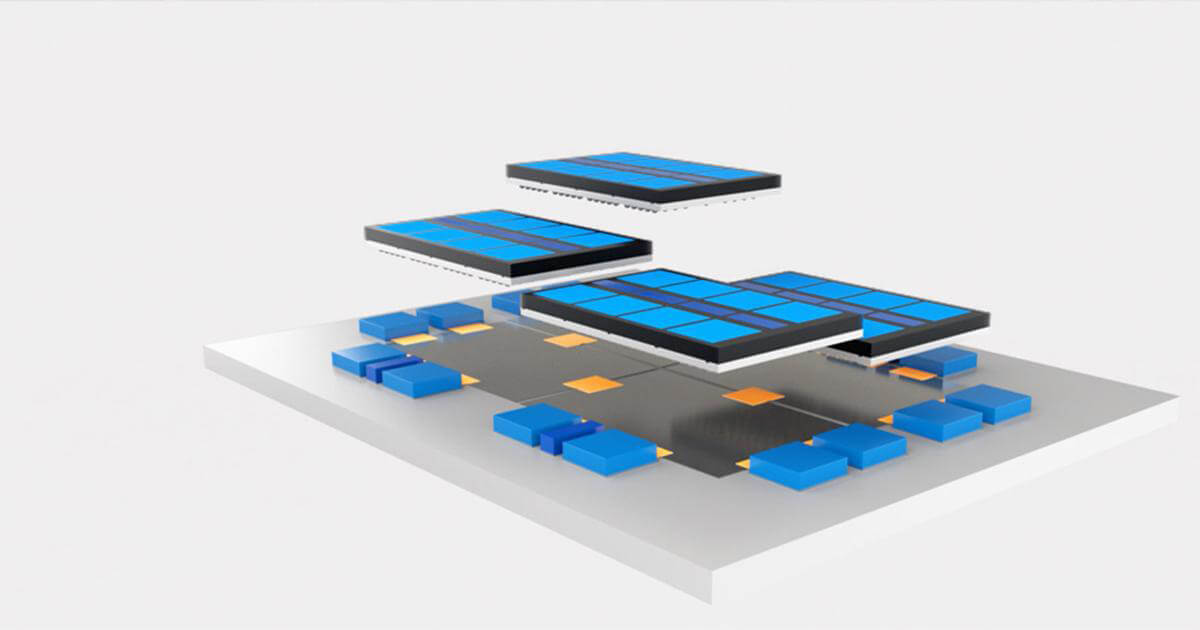In the world where every other thing is run by electricity, chip design plays a vital role in driving innovation in technical advancement. Chips are the fundamental component of electronic devices, whether it is smartphone, laptop, tab, or even the self-driving cars chip design is a foundational element of each one of it. Chip designs involve the complex process of creating integrated circuits that validate the functioning of electronic devices. The chip design directly impacts the performance, efficiency, and security of that electronic device. Hence, a well designed chip is paramount to enhance the overall performance and user experience. Unfortunately, sophistication and complexity of chip designs also pose significant challenges when it comes to security. So, in this blog we will explore how to protect advanced chip designs from security breaches and relevant aspects.
An Overview of Evolving Threat Space Affiliated to Chip Design
Chip designs security breaches can occur at various stages of the designing cycle, from concept building to the final production of the product to the deployment. Following are the key vulnerabilities consider in chip designs:
Intellectual Property (IP) theft
The unauthorized individuals or entities might attempt to steal sensitive design information to replicate the chip or exploit its functionality for malicious purposes. This can lead to financial and reputational consequences for chip design companies and eventually impact the downstream technologies.
Supply chain vulnerabilities
The complex and often globalized nature of the chip design and manufacturing process introduce vulnerabilities. Malicious intention personnel could exploit weakness at any part of the supply chain to gain unauthorized access to sensitive information or introduce hardware trojans. To mitigate such vulnerability, government and industry leaders are focusing on strengthening supply chain security.
Reverse engineering
While not completely illegal, reverse engineering involves analyzing a chip design to understand its functionality and potentially replicate it. However, personnel with malicious intentions can use it for unauthorized copying of intellectual property of counterfeit chips. This ultimately undermines innovation and affects legitimate businesses.

Mitigate Risks Through A Multi-Layered Defense Strategy
It is essential for chip design company to adopt a multi-layered approach to mitigate security risks and protect advanced chip designs. It involves-
Secure design practices: Implement rigorous design methods and best practices throughout the entire design process. This involves secure coding practices, proper verification and validation of design elements, and robust control mechanisms. With utilization of standards and guidelines from recognized bodies such as National Institute of Standards and Technology (NIST) special publication 800-218, it composes a solid foundation for secure design practices
Hardware security features: Integration of hardware based security features directly into the chip design offer additional layers of protection. These features can include secure boot mechanisms, encryption engines, and tamer detection capabilities. With use of secure hardware components from reputable vendors further strengthen the chip security.
Secure development environment: Establishment of a secure deve;opemnt environment with restricted access and robust monitoring as well as data encryption safeguard design information more unauthorized access and alterations. Implementation of best practices outlined in the NIST secure software development framework (SSDF) offer guidance to organizations in creating secure development environments.
Supply chain security: Collaboration with trusted and reliable partners through chip designs and manufacturing processes is essential. Besides, implementing stringent security protocols throughout the supply chain, including regular audits and vulnerabilities assessments helps in rectifying the risks.
Threat modeling and risk assessment: Conduction of regular threat modeling and risk assessment to identify potential vulnerabilities and implement appropriate mitigation strategies are beneficial for chip design companies.
The Role of VLSI Design Systems
VLSI design systems play a vital role in the chip design process. It provides the tools and software used to create and verify chip designs, it constantly evolving to incorporate security feature san best practices, such as
- Secure libraries and IP blocks
Utilization of pre-designed and pre-verifies secure libraries and IP blocks can significantly enhance chip design security. These pre-built components often incorporate robust security features and have undergone rigorous testing and validation. It helps to reduce the attack surface of chip design and minimize the risk of vulnerabilities introduced during manual coding. - Formal verification
Formal verification tools can be employed to mathematically prove the correctness and security of a chip design. This assists in identifying potential design flaws and vulnerabilities early in the design process. Also, this enables timely mitigation of issues and improvement of overall chip security. - Security aware design flows
Modern VLSI design systems often incorporate security aware design flows. These flows help designers to practice secure coding through highlighting potential vulnerabilities in the design and offer mitigation strategies. Moreover, they integrate automated security checks, enhancing the further security measures of chip designs.

Emerging Trends and Challenges in Chip Design
As chip design becomes more complex and interconnected, new security challenges emerge such as quantum computing and AI and ML.
The rise of quantum computing poses a potential threat to traditional cryptographic methods used in chip security. Hence, chip designs companies need to consider the post-quantum cryptography solution to ensure long-term security of the designs. Furthemore, the integration of artificial intelligence and machine learning into chip design processes introduce new attack vectors. People or organizations with ill-intentions can exploit vulnerability in AI-powered design tools to introduce biases into training data. This impacts the overall security of chip design. Thus, implementation of robust security measures throughith AI/ML design flow is important.
Also Read : Unlocking the Potential of Vehicle Data – Exploring Tessolve’s Tera Edge Solution
Concluding Remark
Securing the advanced chip designs from security breaches need collaborative efforts from different recognized bodies such as stakeholders, chip design company, VLSI design system providers, as well as from the government. With multi-layered defense strategy, secure design practices, and trusted supply chain collaboration leads to secure chip design. For robust VLSI solutions collaborate with renowned and reliable partners like Tessolve in order to enhance your chip design security.



